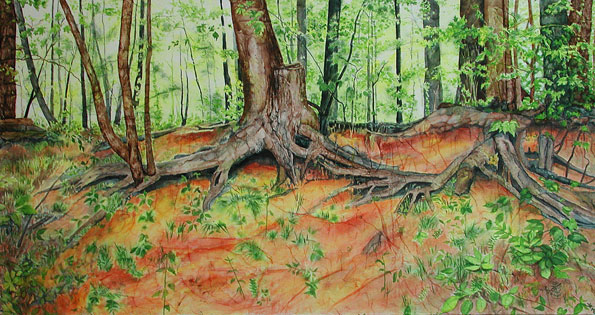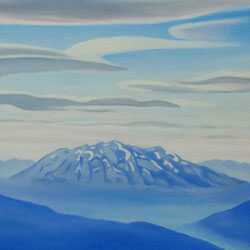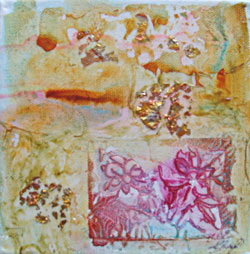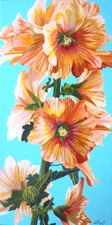The stats say so. We have a tendency to overate ourselves. Apparently the vast majority of people think that they are great drivers, and better than average at sex. I’m not good with math, but I can see that 90% of people thinking they are better than average at anything, just doesn’t work with the numbers. Now, I’m sure you’d rather I talked about sex, but I’m going to take this overrating thing, and apply it to art. Let’s suppose, and I don’t know for sure how wide spread this is, but let’s suppose that some artists suffer from this too – thinking that their art is better than it actually is. What kind of things can we do to avoid this trap? First suggestion: learn to recognize your honest critics. These folks are few and far between – so if you find one, cultivate asking for their opinion. They don’t have to be knowledgeable about art techniques. They are the ones who say, “hmmm, really don’t like this one”. Or, “that area sure feels awkward”. No one in your life like that? Maybe you could to go to some art groups or art classes or retreats and network with other artists. And even in those situations, people are mostly very polite and supportive, so you will need to encourage honest responses. Finally, get exposed to the great art from history. Not only is it inspiring, but it’s hard not to be humbled in the presence of so much greatness that has gone before us.
Now, it would be wrong not to mention that I have also seen the opposite problem – those who make great art and don’t see that it is. But that would be another blog post.




